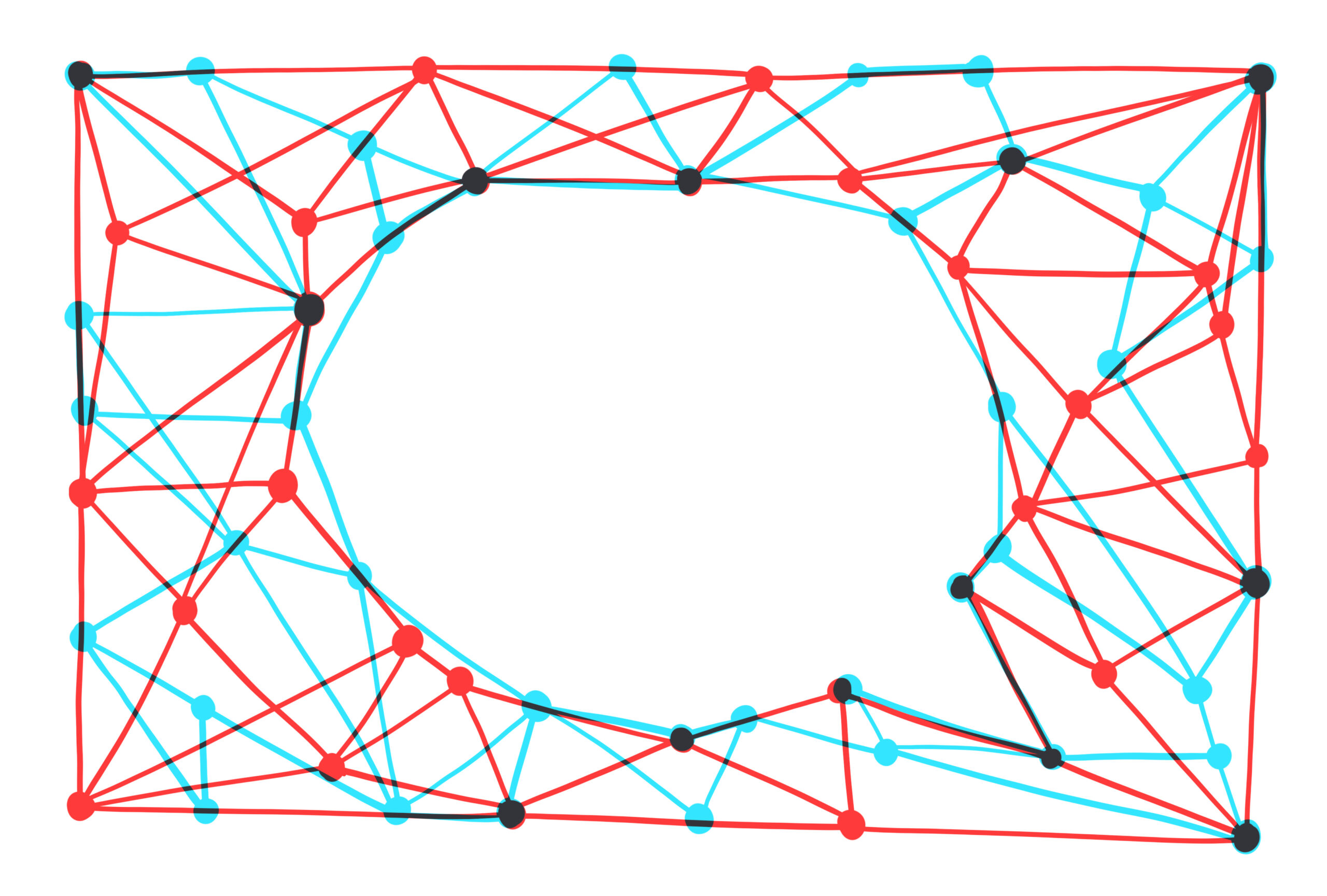Hello, and welcome to the Community Newsletter! I’m your host, Chelsey B. Coombs, Spectrum’s engagement editor.
Our first thread summarizes a new Autism paper about caregiver coaching and how clinicians’ attitudes toward marginalized groups can hinder the evidence-based technique.
Newly published research by @Liza_Tomczuk, @rebbstew, @Rsbeidas, @DSMandell & @melpellecchia examined disparities in clinicians’ use of caregiver coaching with families from minoritized or structurally marginalized groups. Thread by @Liza_Tomczukhttps://t.co/CDNNuoAB5j
— Autism Journal (@journalautism) December 9, 2021
Clinicians are supposed to observe a caregiver practicing early-intervention methods with an autistic child and then give recommendations. But there are disparities in who gets that coaching, the new work shows.
The researchers interviewed 36 early-intervention clinicians at publicly funded agencies about how they decide which families will benefit from caregiver coaching. Some of the clinicians said that they were less likely to recommend coaching for families with lower socioeconomic status and fewer resources.
“I would say the biggest challenge is when there are no materials at all. So, we have kids sometimes with poverty. There’s just no toys. This child has no play skills because there are no toys,” one clinician told the researchers.
Clinicians were also dissuaded from coaching when caregivers presented with language barriers, certain cultural beliefs and competing demands, such as stress, mental health issues and homelessness.
“I had a few parents that would be nodding off whether they were just exhausted or struggling with something, but the idea of ‘How about when you give your child lunch, you say “More”?’ Then when I went to the fridge with that child, I opened it and it was empty,” another clinician said.
To remedy this gap, society must give those in deep poverty the resources to provide for their families’ basic needs, such as food and shelter, the team says. But clinicians also need to be flexible, adapting play-based interventions that don’t require families to have access to toys, for example. And clinicians, who should come from a range of backgrounds, should also go through implicit bias and anti-racism training.
Pablo Juárez, co-director of the Treatment and Research Institute for Autism Spectrum Disorders at Vanderbilt University Medical Center in Nashville, Tennessee, tweeted that he and his group have “been thinking a lot (and adjusting to) social determinants of health in our work here in TN.”
This is focused on early intervention within Part-C, but very relevant beyond. We’ve been thinking a lot (and adjusting to) social determinants of health in our work here in TN. Sharing this with our team now. https://t.co/7VuJwYwVxs
— Pablo Juárez (@APabloJuarez) December 9, 2021
Diondra Straiton, a graduate student in clinical psychology at Michigan State University in East Lansing, Michigan, said that she had heard similar stories from the providers she worked with.
Excellent paper led by @Liza_Tomczuk! Provider bias is a huge problem. @kylemfrost and I are finding the same results in interviews with providers here in Michigan who work with Medicaid-enrolled autistic children. I can’t wait to read more of your work! https://t.co/rCADMKfOmF
— Diondra Straiton (@DiondraStraiton) December 9, 2021
Straiton wrote another tweet that got a lot of community attention this week about the importance of reporting accurate study participant data, especially as a new generation of autism researchers enters the field.
PSA for autism researchers: give all racial & ethnic info, not just "% non-Caucasian” & also provide developmental level & chronological age. Stop saying gender when you mean sex assigned at birth. The next generation of reviewers will call you out – aka me, I will call you out
— Diondra Straiton (@DiondraStraiton) December 8, 2021
Clare Harrop, assistant professor of allied health sciences at the University of North Carolina at Chapel Hill, replied that she had previously used ‘sex’ and ‘gender’ incorrectly in papers, but she’s now hyperconscious of the difference because of her change in research focus.
The gender/assigned sex one drives me crazy. I have made this error before in papers but no more (as a sex and gender researcher now!)
— Clare Harrop (@ClareHarropPhD) December 8, 2021
Meghan Davidson, assistant professor of speech, language and hearing sciences and disorders at the University of Kansas in Lawrence, tweeted that the research project of an undergraduate student in her lab couldn’t be completed because so few papers publish this key demographic information.
This should be a given, but an undergrads’ project in my Lab shows that it is not. We couldn’t do planned analyses because too many papers were missing this critical demographic information. https://t.co/jN7Y3cdOHH
— Dr. Meghan Davidson (@mmdavidsonSLP) December 9, 2021
That’s it for this week’s Community Newsletter! If you have any suggestions for interesting social posts you saw in the autism research sphere, feel free to send an email to me at [email protected].





